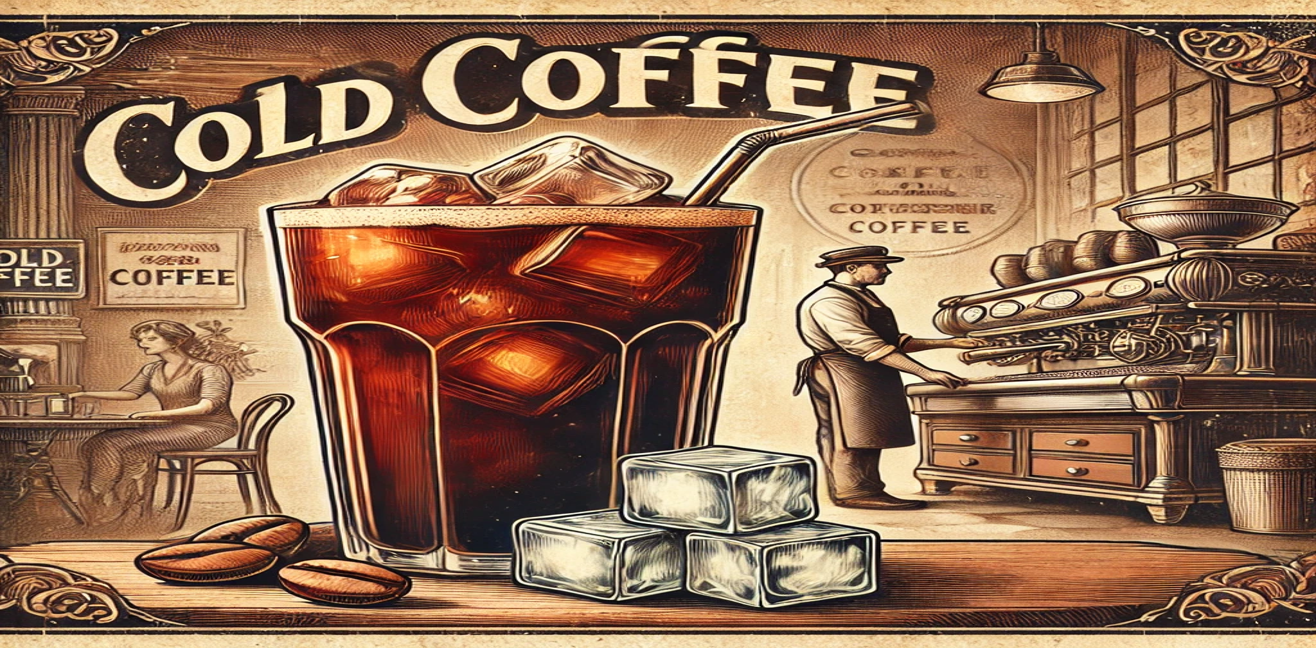For centuries, coffee has been an indispensable part of cultures and societies around the world. Starting the day with a hot cup of coffee has become a ritual for many. Yet, on scorching summer days, iced coffee offers the perfect alternative for those wanting to enjoy the same coffee experience in a refreshing way. But where did this cool beverage originate? The invention and history of iced coffee offer a fascinating glimpse into the rich past of coffee culture.
The Origins of Iced Coffee
The origins of iced coffee trace back centuries. During the Ottoman Empire, Turkish coffee was consumed cold. Chilled Turkish coffee was a popular, refreshing drink in hot climates. However, the modern iced coffee we know today was invented in the 19th century.
The Birth of Modern Iced Coffee
Iced coffee has been consumed in various forms across the world. However, the birth of modern iced coffee is often associated with Greece and Japan.
The Invention of Frappe (1957):
In 1957, during a promotional event for Nestlé in Thessaloniki, Greece, one of the most well-known variations of iced coffee, the “Frappe,” was invented. Nestlé employee Dimitris Vakondios, unable to find hot water to prepare coffee, mixed instant coffee with cold water and ice. This accidental creation led to the birth of the frappe. It quickly gained popularity in Greece and, over time, became a global phenomenon.
Iced Coffee Culture in Japan:
Japan is another key country that embraced and developed iced coffee. In the 1960s, Japan introduced bottled iced coffee, which became especially popular in the summer months. Japanese iced coffee is typically sold in bottles and consumed chilled. The iced coffee culture in Japan remains strong today, with many different variations of cold coffee available throughout the country.
Varieties of Iced Coffee
There are many varieties of iced coffee. Here are some of the most popular types:
Cold Brew:
Cold brew has gained tremendous popularity in recent years. This method involves steeping coffee beans in cold water for an extended period, typically between 12 to 24 hours. Known for its low acidity and smooth flavor, cold brew is prized for its rich, sweet profile that results from the slow brewing process.
Iced Coffee:
Iced coffee is made by cooling hot brewed coffee and adding ice. This method, thanks to the hot brewing process, can be prepared more quickly and offers a stronger coffee flavor. Iced coffee is a classic choice for cold coffee enthusiasts.
Affogato:
Affogato is an Italian dessert-coffee combination. A scoop of vanilla ice cream is topped with a shot of hot espresso. This simple yet delicious treat combines coffee and dessert to create a unique experience.
The Popularity of Iced Coffee Today
Today, iced coffee is enjoyed not just in the summer, but year-round. Cafes and restaurants have expanded their menus to include a variety of cold coffee options in response to this growing demand. Additionally, bottled iced coffee options are increasingly available in stores.
With the influence of social media, iced coffee trends spread rapidly, and innovative recipes have gained popularity. For instance, nitro cold brew has become a hit among coffee lovers. Nitro cold brew is made by infusing cold coffee with nitrogen gas, resulting in a creamy texture and a unique experience.
Conclusion
The history of iced coffee is a journey full of serendipity and innovation. From the Ottoman Empire to the modern frappe, from Japan’s bottled iced coffee culture to today’s trends, iced coffee has maintained its popularity throughout the ages. A refreshing and invigorating beverage, iced coffee has become a staple for coffee lovers worldwide.
The invention and evolution of iced coffee highlight just how dynamic and innovative coffee culture is. Every sip reminds us of this rich history and cultural heritage, making iced coffee all the more special.

